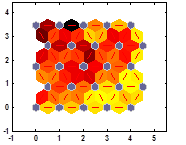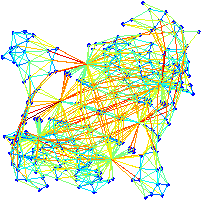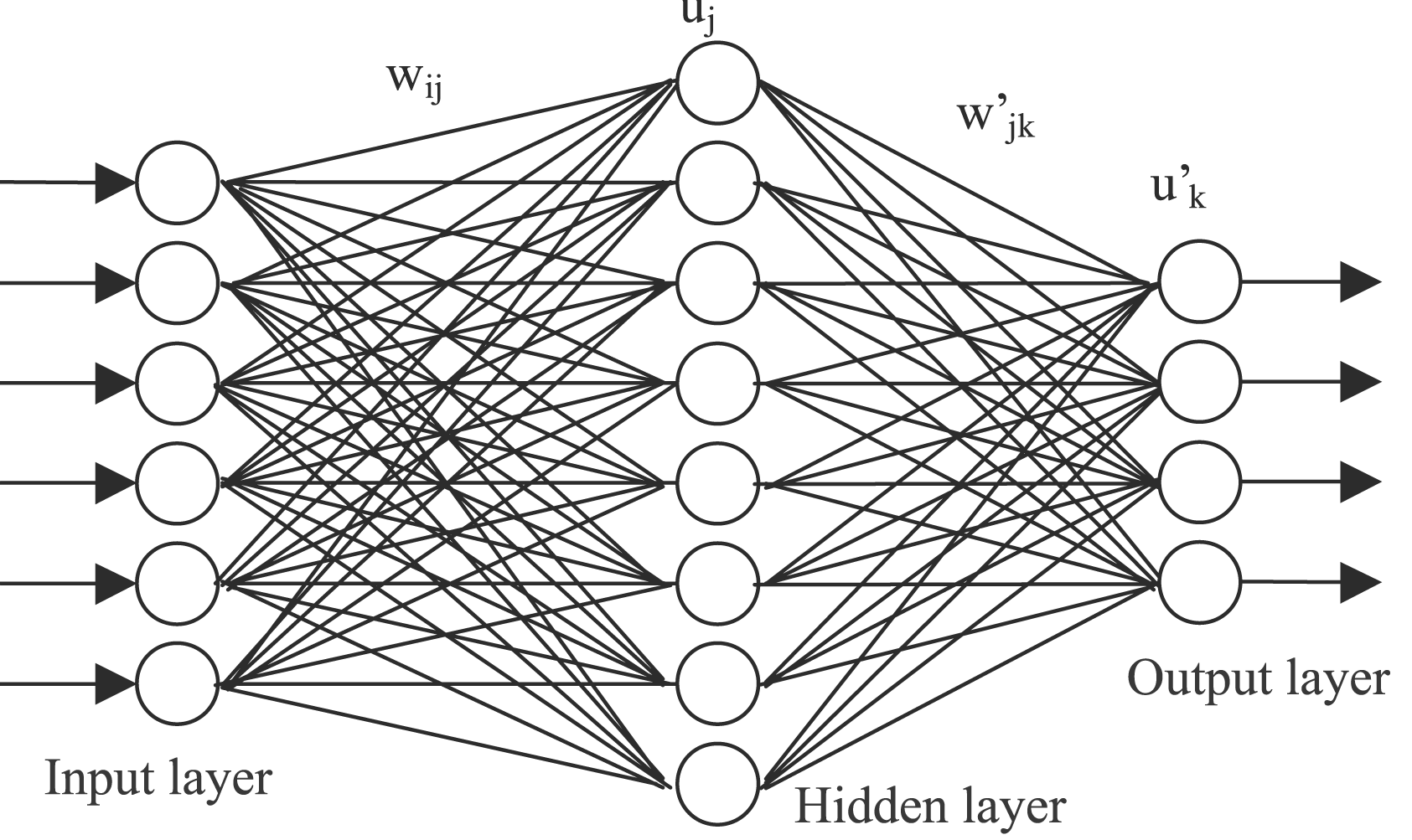|
ESI6934
Advanced Analytics I |
|
|
Hui Yang |
|
|
|
|
|
Industry in the 21st century is investing in a variety of sensor networks and dedicated data centers to increase information visibility. Present technological advances are bringing massive data torrents in shorter time scales. This offers unprecedented opportunities to manage, analyze, visualize, and extract useful information from large, diverse, distributed and heterogeneous data sets so as to make better decisions, improve the system performance, and optimize the operational management. Data are motivating a profound transformation in the operation management in every field of engineering and business. |
|
|
This course will help you navigate the overload and optimally prepare and enrich your data to use as a key ingredient for powerful analytical insights. The objectives of this course are as follows: (1) Enhance analytic effectiveness with predictive modeling. (2) Discover useful trends and patterns from the data. (3) develop neural network models to drive fact-based decisions.(4) Build descriptive and predictive models with real-world examples from a variety of industries. |
|
|
Textbooks: |
|
|
|
Martin T. Hagan, Howard B. Demuth, Mark H. Beale, Orlando De Jesús, Neural Network Design (2nd edition), 2014 SAS Institue Inc., Advanced Business Analytics - Volume I and Volume II |
|
|
|
|
Prerequisite: EIN 4933 Engineering Analytics and ESI 4244/6247 Statistical Design Models, or equivalent background in statistics and linear algebra. |
|
|
|
|
|
Topics: |
|
|
|
Introduction to data analytics Predictive modeling Neuron model and network architectures Perceptron Learning Rule Signal and Weight Vector Spaces Performance Surfaces and Optimum Points Performance Optimization Backpropagation Competitive Networks Radial Basis
Networks Clustering and Dimensionality Reduction Large-scale Data Mining |
|
|
|
|
|
|
|
|
|
|
|
|
|
|
|
|
|
|
|
|
|
|
|
|
|
Grading Policy |
|
|
|
2 Exams - 35 pts each
Grading scale will be used: A: 90+; B: 80+; C: 70+; D: 60+, F: <60 (College of Engineering Rule: Only grades of C or better will be accepted in all Math, Science, and Engineering courses). |
|
|
|
|
Software tools used in the course |
|
|
|
SAS® Enterprise Miner
|
|
|
SAS
Enterprise Miner streamlines the data mining process to create highly
accurate predictive and descriptive models based on large volumes of data
from across the enterprise. It offers a rich, easy-to-use set of integrated
capabilities for creating and sharing insights that can be used to drive
better decisions. |
|
|
|
|
|
Matlab |
|
|
Matlab
Tutorial |
|
|
http://www.mathworks.com/academia/student_center/tutorials/launchpad.html http://www.math.ufl.edu/help/matlab-tutorial/
|


